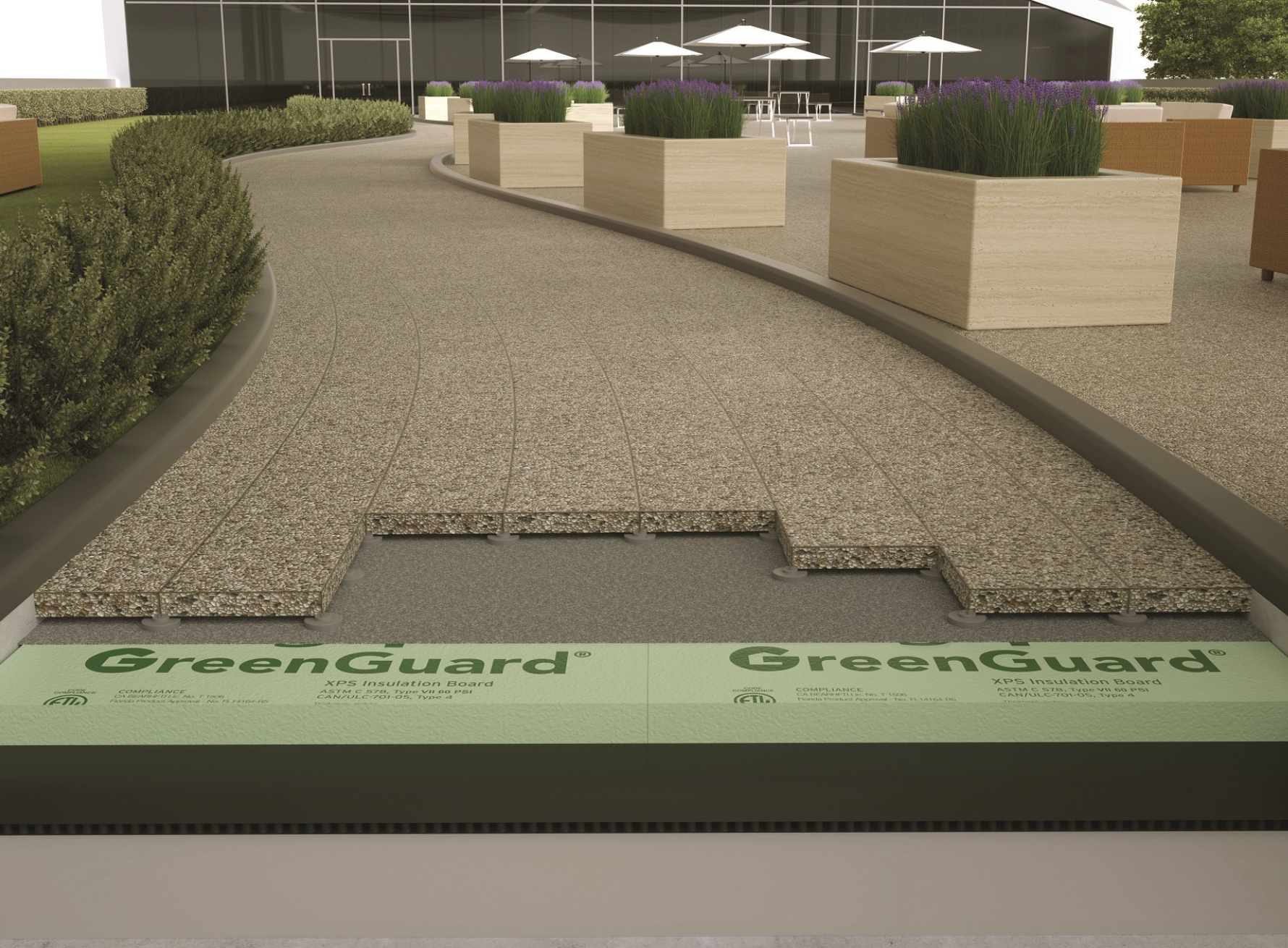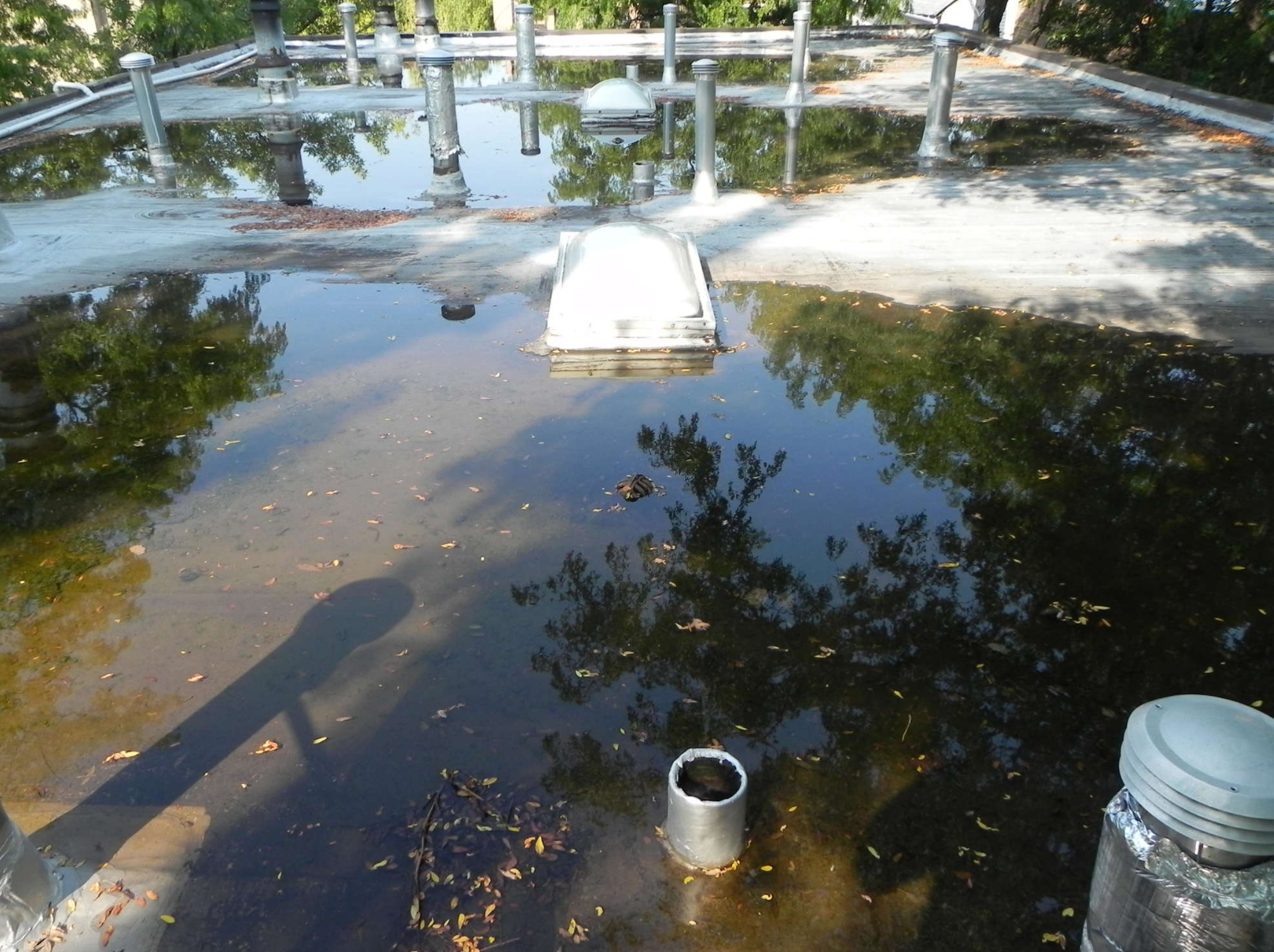An update to ASTM C1289, “Standard Specification for Faced Rigid Cellular Polyisocyanurate Thermal Insulation”, (ASTM C1289-13) features important improvements regarding the prediction of Long-Term Thermal Resistance (LTTR) for a variety of polyiso insulation roof boards. Members of the Polyisocyanurate Insulation Manufacturers Association (PIMA) began reporting LTTR values in accordance with ASTM C1289-13 on Jan. 1, 2014.
ASTM C1289
ASTM C1289 was first published in 1998. The standard is a series of physical property tests, including the measure of an insulation’s LTTR, conducted to ensure a polyiso product’s performance meets a minimum standard. The standard is used to predict an insulation’s R-value equivalent to the average performance of a permeably faced foam insulation product during 15 years.
To provide a comprehensive approach to predicting long-term R-value throughout North America, the updated ASTM C1289-13 standard incorporates two test methods: ASTM C1303-11 and CAN/ULC-S770-09. Each of these methods offers a similar approach to predicting the long-term thermal performance for foam insulation materials that exhibit air and blowing-agent diffusion or aging across time.
ASTM C1303, “Standard Test Method for Estimating the Long-Term Change in the Thermal Resistance of Unfaced Closed Cell Plastic Foams by Slicing and Scaling Under Controlled Laboratory Conditions”, is, in part, the result of a research project at Oak Ridge National Laboratory. The project was co-funded by the U.S. Environmental Protection Agency, U.S. Department of Energy, PIMA, NRCA and the Society of the Plastics Industry.
CAN/ULC S770 is the result of work in Canada. This method is also based on the same thin-slicing and accelerated aging concept as ASTM C1303 but it also accounts for the effect of permeable facings, or skins, on the LTTR of foam insulation in addition to a number of other factors. Considered to be a prescriptive way to perform ASTM C1303 (a more narrowly defined procedure within the bounds described in the ASTM standard), CAN/ULC S770 predicts what the foam’s R-value will be after a five-year aging period—the equivalent to a time-weighted thermal design R-value of 15 years.
Based on extensive research during the past five years, including bias and ruggedness testing, most researchers now agree ASTM C 1303 and CAN/ULC–S770 provide similar and consistent results predictive of actual aged performance.
LTTR and Polyiso
The polyiso industry uses the newly revised ASTM C1289-13 standard for determining the thermal insulation efficiency of permeably faced products. LTTR represents the most advanced scientific method to measure the long-term thermal resistance of foam insulation products using blowing agents.
The use of an LTTR value provides numerous advantages:
- It provides a technically supported, more descriptive measure of the long-term thermal resistance of polyiso insulation.
- The thin slices are taken from current production insulation samples. Prior methods used samples that were at least three-months old with some up to six-months old.
- Determining an LTTR value is fairly rapid and, depending on a slice’s thickness, can produce an LTTR design value for 2-inch-thick polyiso insulation board in about 90 days.
- A formula is used to determine the aging time period for a particular thickness of insulation, instead of using the same conditioning period for products of all thicknesses as was done in the past.
- It applies to all foam insulation with blowing agents other than air and provides a better understanding of the thermal performance of foam.
PIMA QualityMark
The PIMA QualityMark certification program is a voluntary program that allows polyiso manufacturers to obtain independent, third-party certification for the LTTR values for ASTM C1289 Type II, Class 1 and Class 2 permeable-faced polyiso foam insulation produced with EPA-compliant blowing agents. Participating companies are required to include each of their manufacturing locations in the PIMA QualityMark certification program. Polyiso is the only insulation to be certified by this program for its LTTR value.
The PIMA QualityMark program began reporting LTTR values in accordance with ASTM C1289-13 on Jan. 1. To participate in PIMA’s QualityMark certification program, a Class 1 roof is suggested to have a design R-value of 5.7 per inch.
FM Global, one of the world’s largest independent commercial and industrial property insurance and risk-management organizations, is the PIMA QualityMark certification administrator. Polyiso insulation samples are randomly chosen from each plant of a participating manufacturer in accordance with the program’s guidelines. An accredited testing laboratory then establishes and certifies to FM Global the 15-year LTTR value in accordance with ASTM C1289-13.





Be the first to comment on "Polyiso Roof Insulation R-value Update"